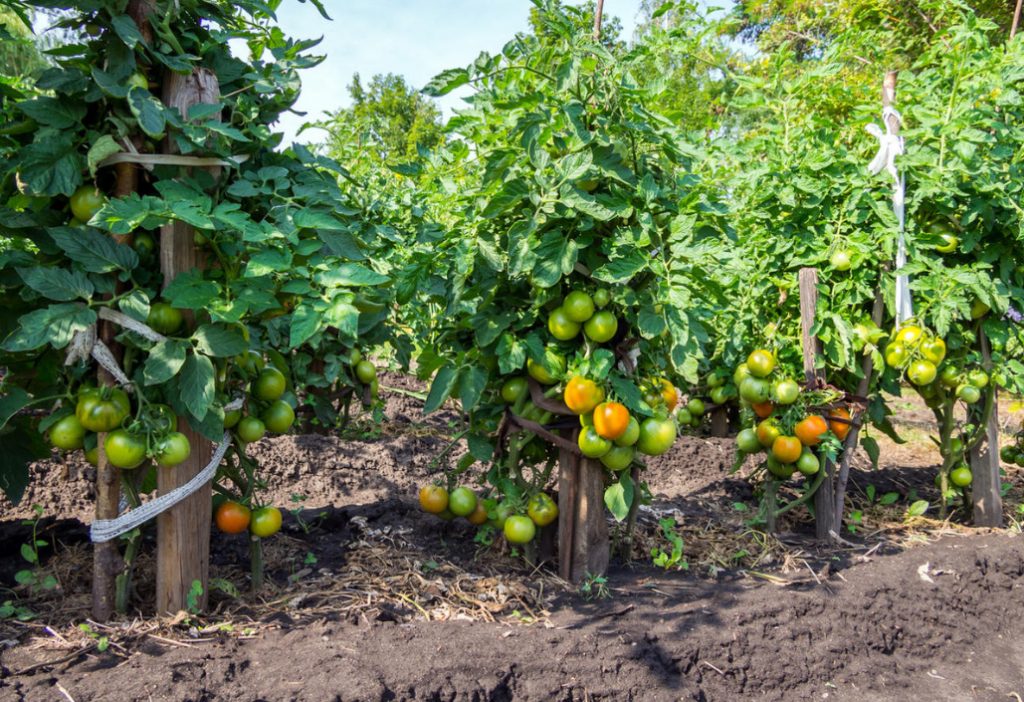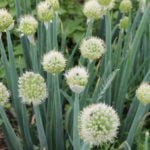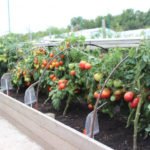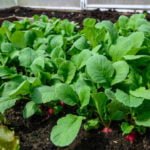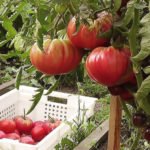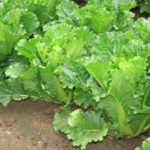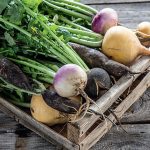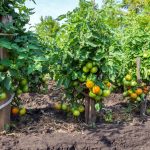Disadvantages
Unfortunately, this method has a downside. However, the disadvantages are relative. Some summer residents will not be confused by them, and others will be forced to cultivate seedlings on the windowsill with even more inspiration.
Narrow varietal assortment
Gourmet tomato growers will confirm that the most delicious tomatoes are most often produced by mid-late and late-maturing indeterminate varieties and hybrids. We are talking about salad large-fruited tomatoes with juicy fleshy flesh, which everyone is excited about. But for a seedless method of cultivation, it is necessary to select determinant and stamp precocious crops that yield the crop at an early date. The shorter the growing season of a variety or hybrid, the more likely it is to Mature on the root. At the same time, it is desirable that the planted varieties have increased cold resistance and stress resistance.
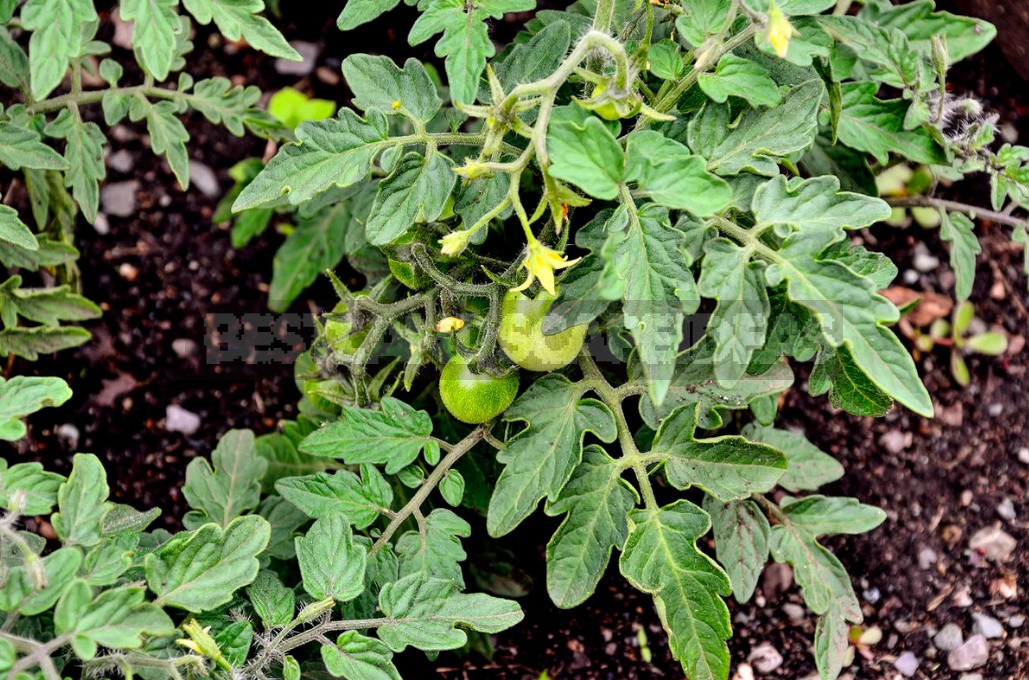
Such Sprinter varieties usually produce less delicious and small fruits, which does not suit finicky summer residents. But if you are not too concerned about the taste or plan to use the main part of the crop for canning, this lack will not bother you. In addition, homemade tomatoes in any case will give a head start to store “rubber” vegetables.
Increased risk
The return on ground tomatoes depends directly on the weather conditions of each particular season. If you decide to conduct such an experiment in a greenhouse, you will not only be able to sow seeds earlier, but also protect plants from cold spells — spring and at the end of the season.
In the open ground, everything is more difficult. This is especially true for residents of the Northern regions, who, due to the short summer, risk not having time to harvest even from early-maturing varieties. It is easier for summer residents of the middle zone and especially the southern regions in this regard. In recent years, the weather in August and September pleases with bright sunshine, so the chances of getting a rich harvest from seedless tomatoes increase.
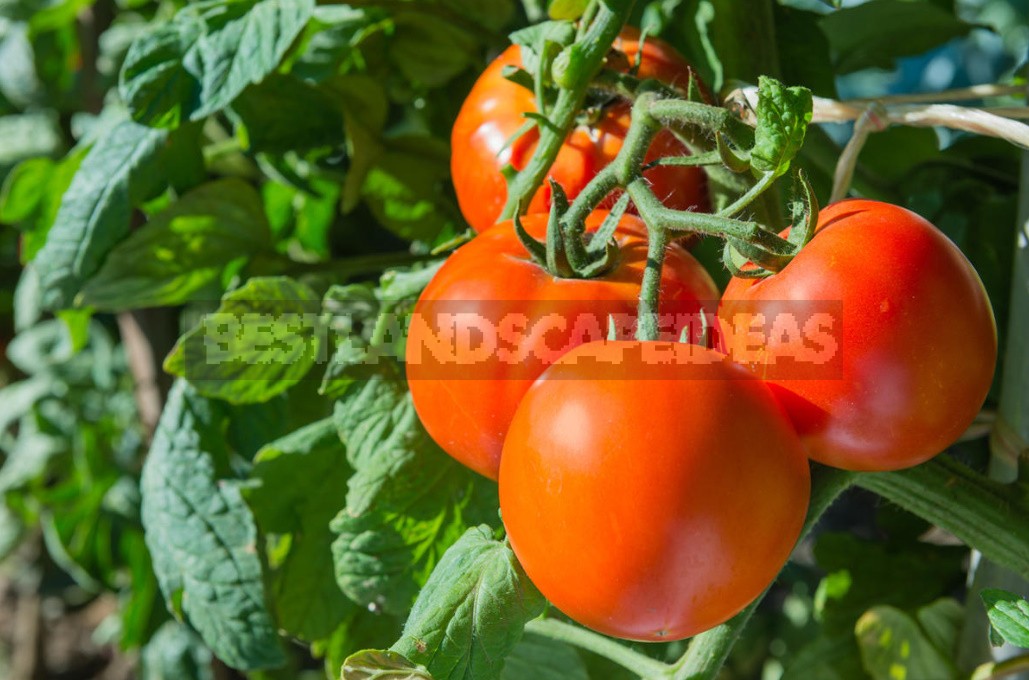
Later returns
The logic is simple here. Growing seedlings on the windowsill, you reduce the period of stay of plants in the garden. If you sow the seeds immediately in the ground, tomatoes will have to” rewind ” the entire growing season in the fresh air. Since you will be able to sow only when favorable conditions occur (and this is much later than the time of sowing seeds for seedlings), then you will have to wait longer for the return from ground plants. How do you like this prospect?
Growing technology
To bring the moment of harvesting from seedless tomatoes closer, experienced gardeners use tricks. Let’s look at some of them in the most difficult case — sowing seeds not in a greenhouse, but in the open ground.
Preparing the bed
The main requirement for seedless tomato growing technology: sowing seeds on the bed is made not earlier than the moment when the soil warms up to at least +14…+15°C. When this will happen in each particular season and region, only forecasters can tell.
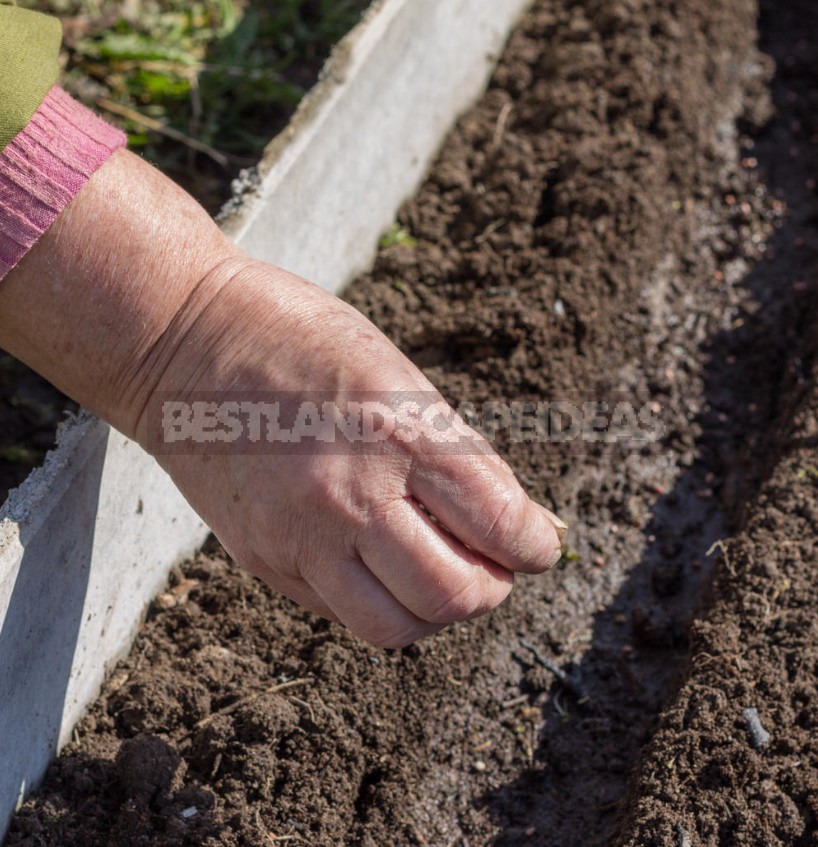
To start sowing as soon as possible, experienced summer residents prepare the bed 1-2 weeks before planting, digging it with the addition of fertilizers. Then pour it with a hot solution of copper sulfate (1 tablespoon per 10 liters of water) or a strong solution of potassium permanganate. After that, cover the surface with a black film and leave the bed to “steam” under the spring rays of the sun.
A more effective option is a warm bed that needs to be prepared in the fall.
Crop
When warming up the soil to the optimal values, you need to prepare wells with a step of 40-50 cm, moisten them and plant 2-3 decontaminated seeds in each, sinking 1-1. 5 cm. To speed up the germination of seeds and increase the immunity of sprouts, the seed material can first be disinfected, and then soaked in a solution of an analog of a natural biostimulator.
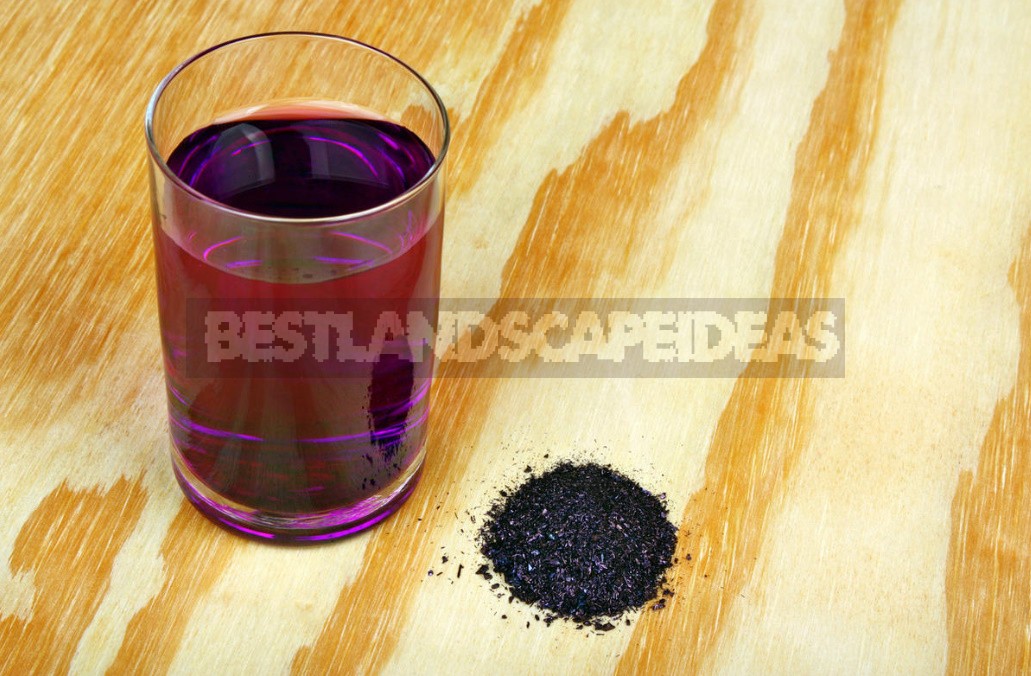
In this case, the black film from the surface of the bed is not necessary to remove: it is made cross-shaped incisions at the optimal distance, bend the edges of the cuts and build holes. This approach will save heat in the soil, and in the future will restrain the growth of weeds in the garden.
Plant insulation
To protect the seedlings of heat-loving tomatoes from the cold, experienced gardeners immediately after planting seeds set a 5-liter plastic bottle with a cut bottom over each hole. After the emergence of seedlings, the corks are removed from the bottles, and if frost suddenly descends — they are re-screwed.
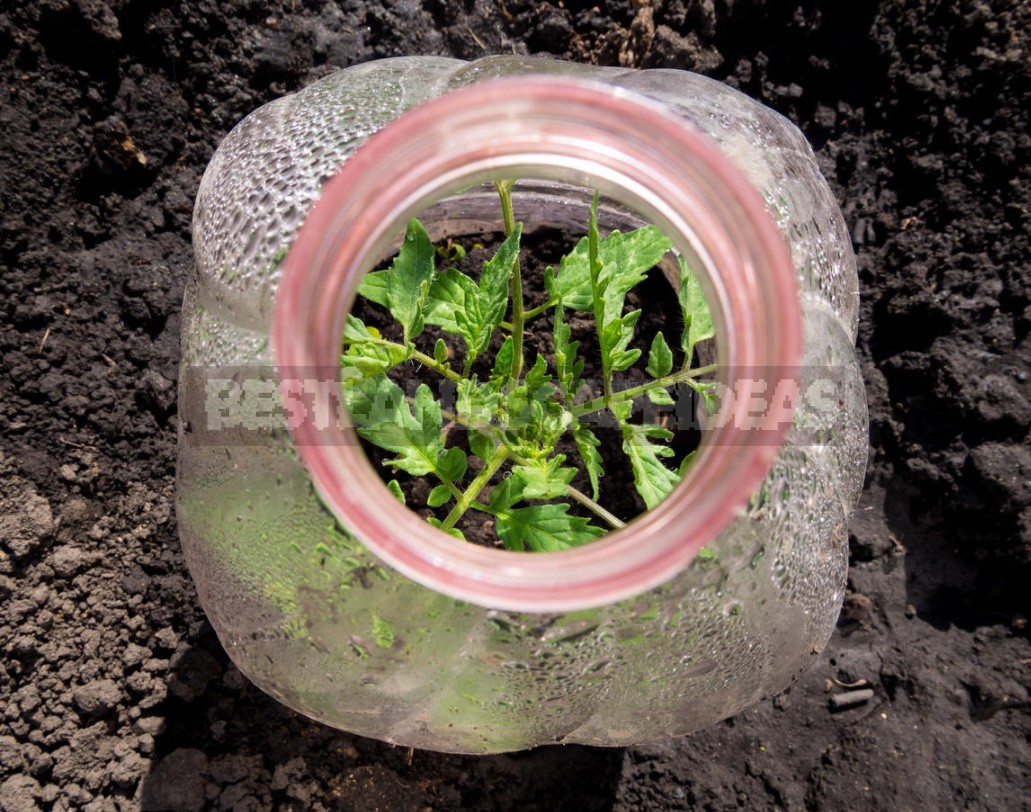
In addition, above the “bottle” bed, you need to install arcs and cover them with a film. On the leeward side, the material is dug in; on the other side, a wooden plank is fixed along the edge of the film, which subsequently facilitates the ventilation of the greenhouse. In some cases, double protection in the form of bottles and film will be necessary — in another case, you can do with one option of warming young plants. It all depends on the timing of sowing seeds and weather conditions.
After the emergence of seedlings, the strongest sprout is left in each hole, and the rest is removed. As the weather warms, remove the bottles in which the plants are already crowded, and then the film.
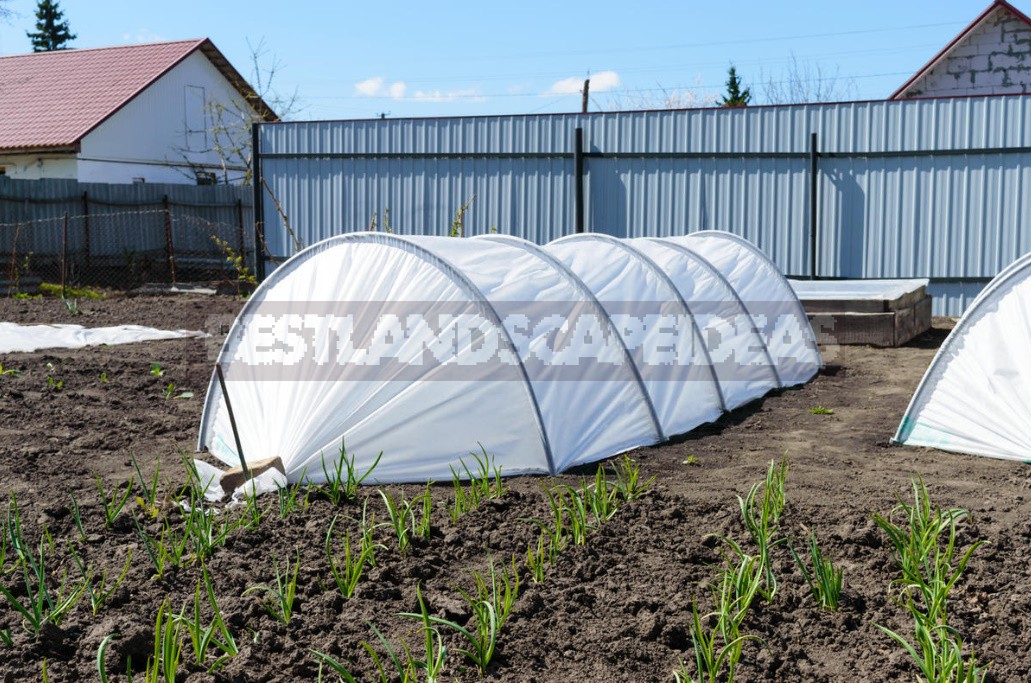
In the future, this crop is tended in the usual way, waiting for the fruit to Mature. With the right approach and comfortable weather, ground tomatoes can kill two birds with one stone — reduce labor costs and get a decent harvest.
If the weather at the end of the season suddenly fails, growers again set the arc over the bed, covering them with a film; or remove the unripe fruit from the bushes and ripen them indoors. You can go the other way — to prepare delicious preparations for the winter from green tomatoes.
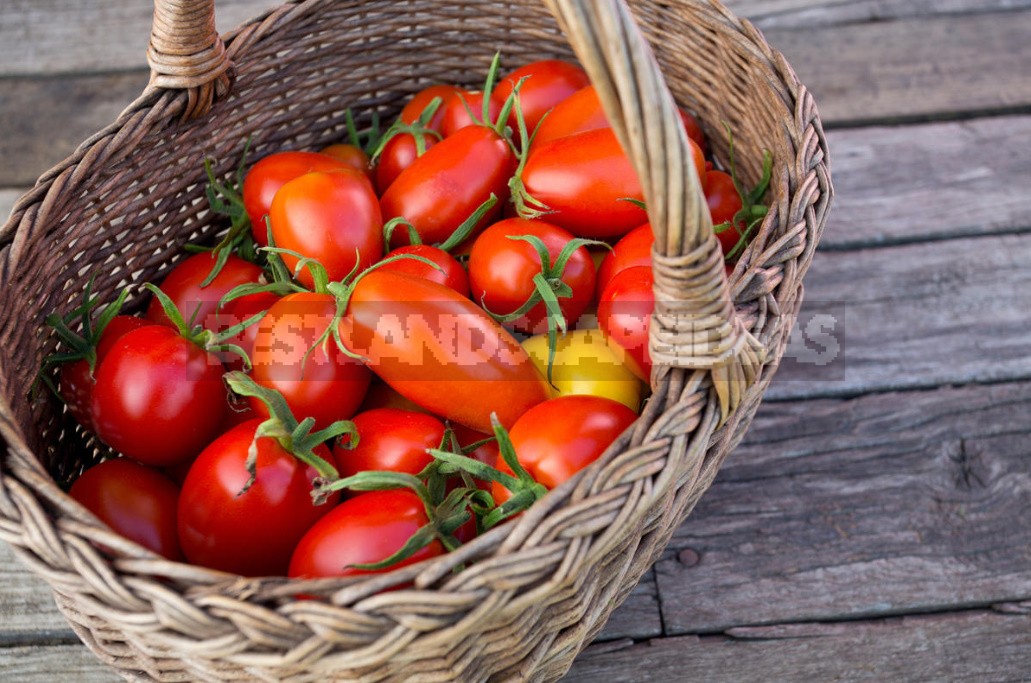
Dear readers, do you have any ideas to grow tomatoes without seedlings? Do you think the game is worth the candle? Or maybe you have been practicing this technology for a long time and know firsthand about its advantages and disadvantages? Tell us about your experience in the comments.
